-
Troppo Plant & Garden Articles
- Delicious Recipes
- TROPPO’s Food Forest in Te Puke, BOP (www,foodforest.org.nz)
- Troppo’s Plant Collection
- TROPPO's Nursery Directory
- Food Forests of New Zealand (www.foodforests.nz)
- Nursery Map - Plant Suppliers of NZ Directory (www.nurserymap.nz)
- Kids Garden Corner
- New Zealand Garden Bird Survey
- New Zealand Garden Groups
Beetroot Growing Guide for New Zealand: From Seed to Sweet Success! 🌱🌟
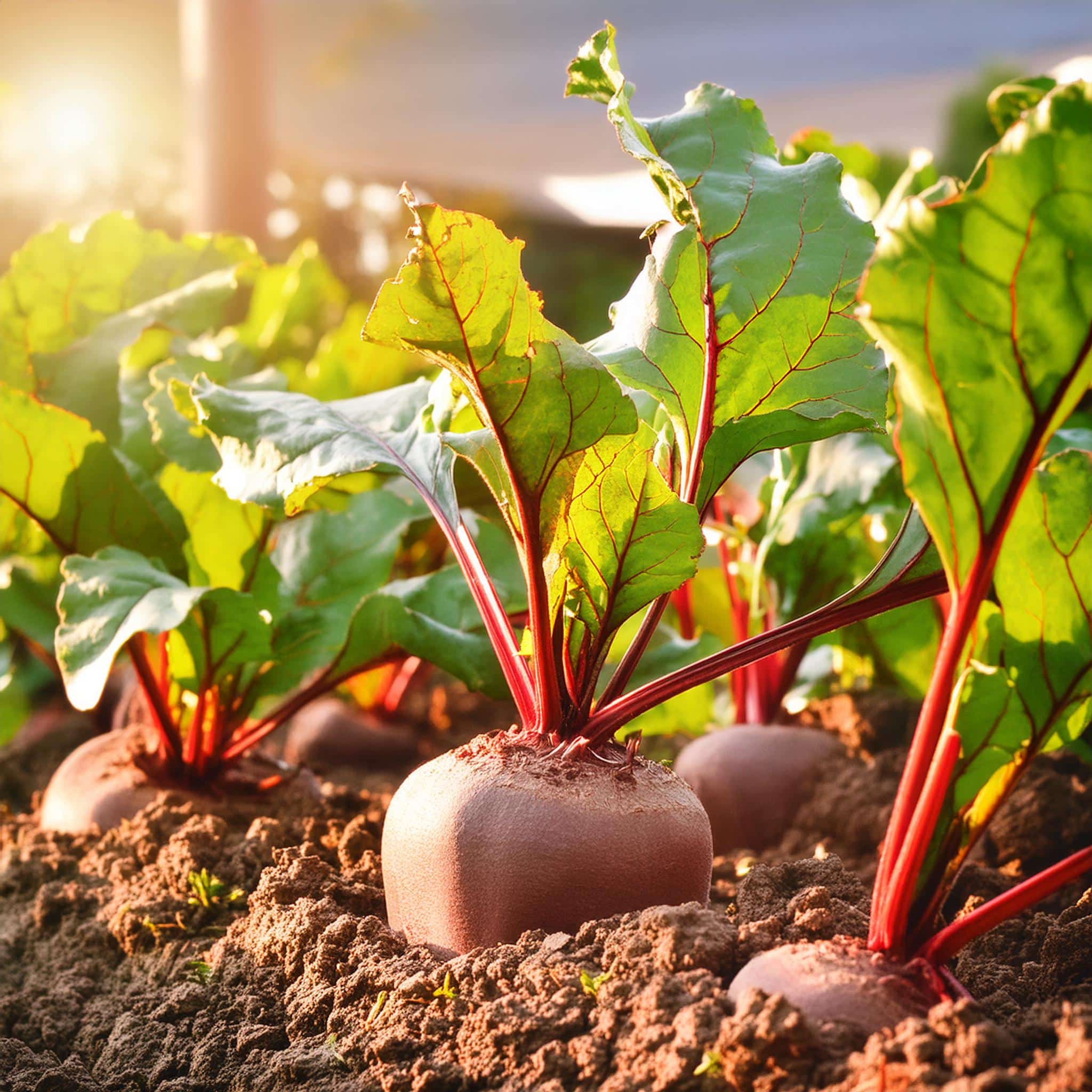
Welcome to the vibrant world of European beetroot growing in New Zealand! If you’re ready to add a splash of color and a burst of flavor to your garden, beetroot is the perfect choice. These delicious root vegetables are easy to grow and incredibly versatile in the kitchen. Let’s embark on a fun and comprehensive journey to help you grow beetroots from seed to table with confidence and joy! 🌈🍃
Why Grow European Beetroot? 🌿
Beetroots, also known as beets, are a fantastic addition to any garden. Here’s why you should consider growing them:
- Colorful Crops: Beetroots come in a range of stunning colors, from deep reds and purples to golden yellows and vibrant stripes. They’re sure to brighten up your garden and your plate. 🌈
- Nutritious and Delicious: Packed with vitamins, minerals, and antioxidants, beetroots are a powerhouse of nutrition. They add a sweet, earthy flavor to salads, soups, and even desserts! 🥗
- Easy to Grow: Beetroots are low-maintenance and can thrive in a variety of soil types and conditions. They’re perfect for beginners and seasoned gardeners alike. 🌱
- Edible Greens: Don’t forget the tops! Beet greens are delicious and nutritious, perfect for sautéing or adding to salads. 🍃
 Choosing the Right Beetroot Varieties 🌿
Choosing the Right Beetroot Varieties 🌿
Before you start planting, select the beetroot varieties that best suit your garden and taste preferences. Here are some popular types to consider:
- Detroit Dark Red: A classic variety with deep red roots and tender, sweet flesh. Perfect for roasting and pickling. 🌟
- Golden Beet: Known for its bright yellow color and mild, sweet flavor. Great for adding a pop of color to dishes. 🌞
- Chioggia: Also called Candy Stripe or Bull’s Eye beets, these have beautiful pink and white rings inside. They’re sweet and visually stunning! 🎨
- Cylindra: With its elongated shape, this variety is easy to slice and great for uniform cooking. 🍽️
- White Albino: A unique beet with a sweet, mild flavor and no staining juices. Perfect for those who want a mess-free beet experience. 🤍
Planting Your Beetroots 🌱
Once you’ve chosen your varieties, it’s time to get planting. Follow these steps for a successful start:
1. Find the Perfect Spot 🌞
Beetroots thrive in full sun, so choose a sunny spot in your garden that gets at least 6 hours of direct sunlight each day. They also prefer well-draining soil with a slightly acidic to neutral pH. 🌤️
2. Prepare the Soil 🌱
Work plenty of compost or well-rotted manure into the soil before planting to boost fertility and improve drainage. Beetroots love loose, fertile soil where their roots can grow easily. 🌿
3. Planting Seeds 🌾
Sow beetroot seeds directly into the garden bed in early spring or autumn. Plant seeds about 1 cm deep and 2-3 cm apart in rows spaced 30 cm apart. Thin seedlings to 10-15 cm apart once they are large enough to handle. 🌱
4. Watering and Mulching 💧
Keep the soil consistently moist but not waterlogged. Water your beetroots regularly, especially during dry spells. Apply a layer of mulch around the plants to help retain moisture and suppress weeds. 🌿
Caring for Your Beetroots 🌿
With a little care, your beetroots will grow strong and sweet. Here’s how to keep them happy and healthy:
1. Feeding for Growth 🌱
Feed your beetroots with a balanced fertilizer or compost tea every 4-6 weeks during the growing season. Beetroots are light feeders but appreciate a nutrient boost to support their growth. 🌿
2. Thinning and Weeding 🌿
Thin your beetroot seedlings to ensure they have enough space to grow into large, healthy roots. Keep the area weed-free to reduce competition for nutrients and water. 🌱
3. Pest and Disease Management 🐛
Beetroots are relatively pest-resistant, but keep an eye out for leaf miners and aphids. Use organic pest controls or insecticidal soap to manage infestations. Ensure good air circulation around the plants to prevent fungal diseases like powdery mildew. 🐞
Harvesting Your Beetroots 🌾
The best part of growing beetroots is the harvest! Here’s how to know when they’re ready to pick:
1. Timing the Harvest ⏰
Beetroots are usually ready to harvest 50-70 days after planting. The roots should be firm and about the size of a golf ball or larger. You can also harvest some of the young leaves for salads while the roots continue to grow. 🌿
2. Enjoying the Harvest 🍃
Gently lift the roots from the soil using a garden fork. Shake off any excess dirt and trim the leaves to about 2.5 cm above the root. Store the roots in a cool, dry place or enjoy them fresh. Beetroots can be roasted, boiled, pickled, or even juiced for a nutritious treat! 🍽️
Top Tips for Growing Beetroots 🌟
- Succession Planting: Sow beetroot seeds every few weeks to ensure a continuous harvest throughout the growing season. 🌾
- Companion Planting: Plant beetroots alongside onions, lettuce, or radishes to deter pests and boost growth. Avoid planting near beans or mustard greens. 🌼
- Use Raised Beds: If you have heavy or clayey soil, consider using raised beds to improve drainage and soil conditions for your beets. 🌿
- Extend the Season: In cooler areas, use row covers or cloches to protect young plants and extend the growing season. 🌤️
- Experiment and Enjoy: Try growing different varieties and experimenting with new recipes. Gardening is all about exploration and enjoyment! 🌱
With these tips and a bit of care, you’ll be well on your way to growing a bountiful crop of colorful, delicious beetroots. Happy gardening and enjoy your beetroot adventures! 🌈🌿

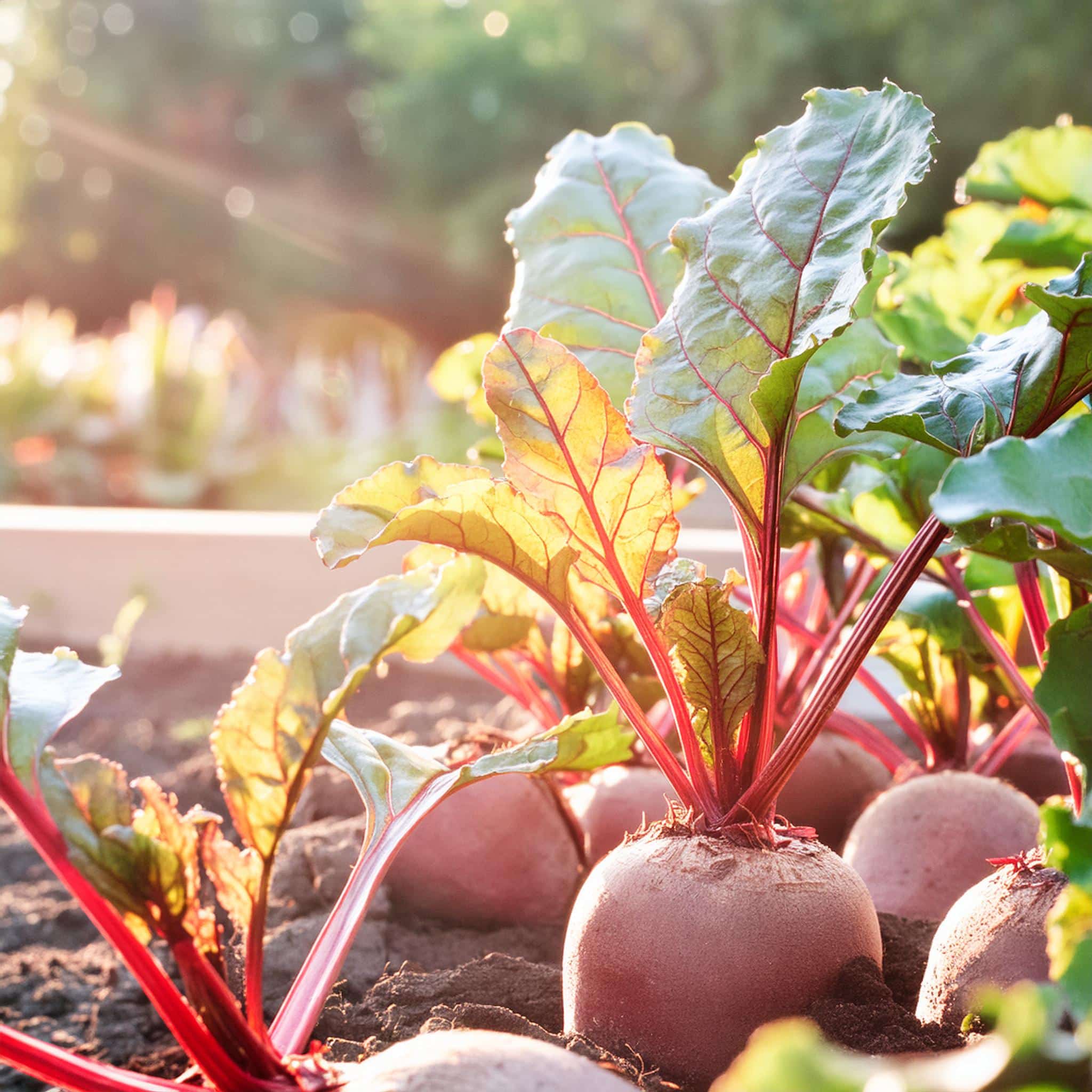
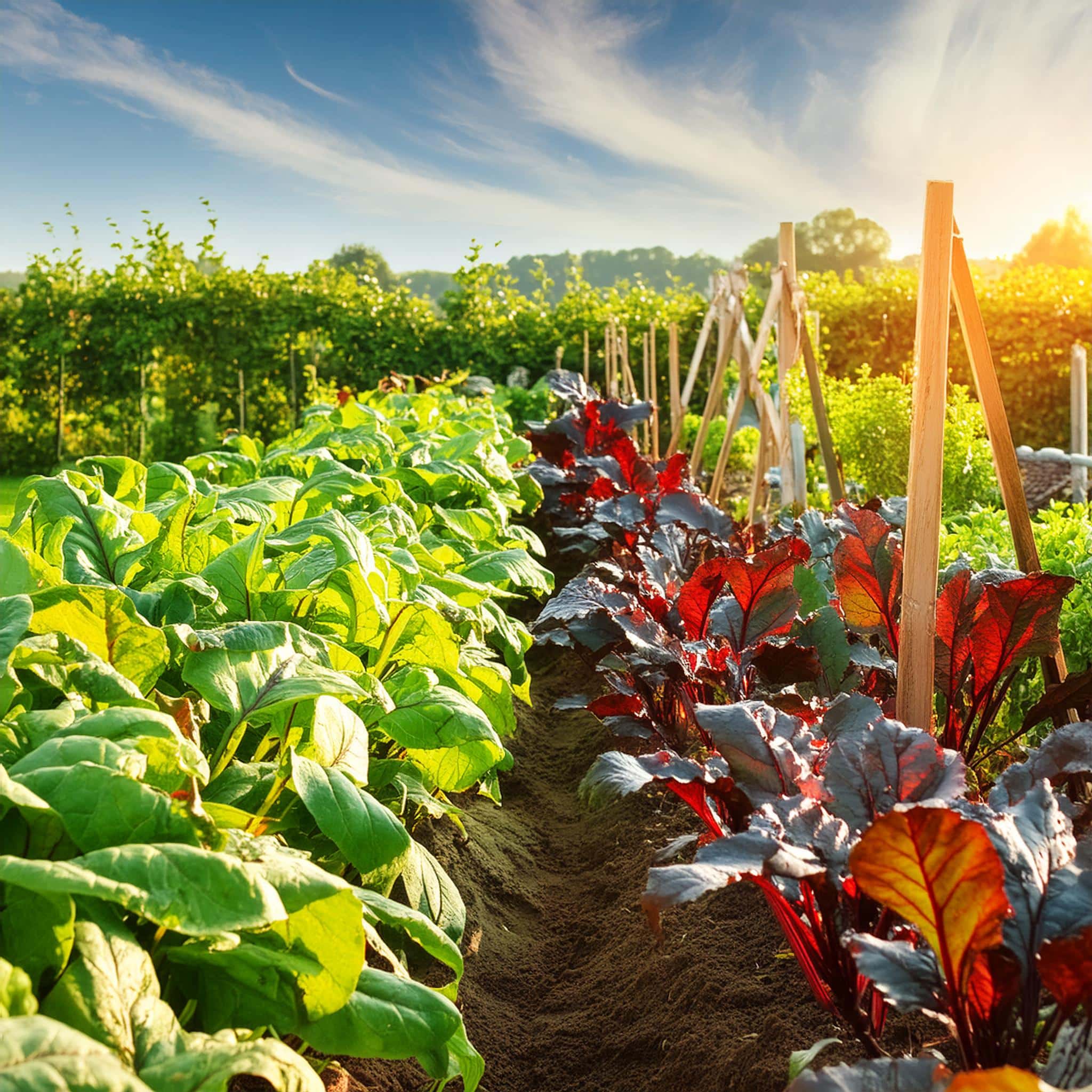



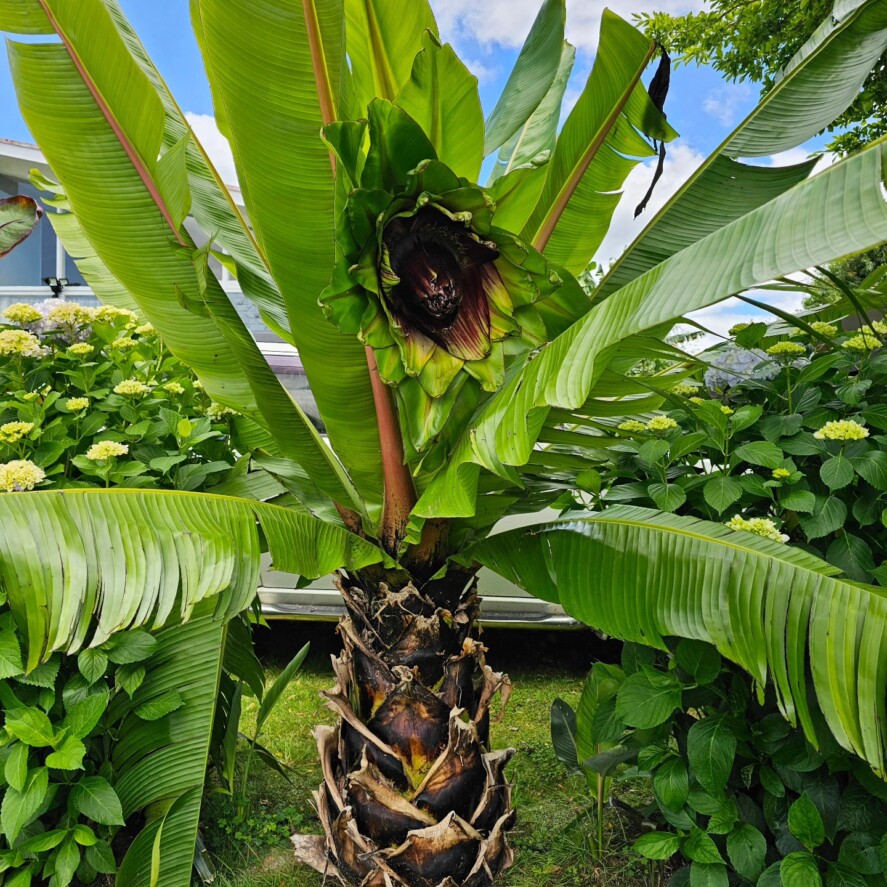
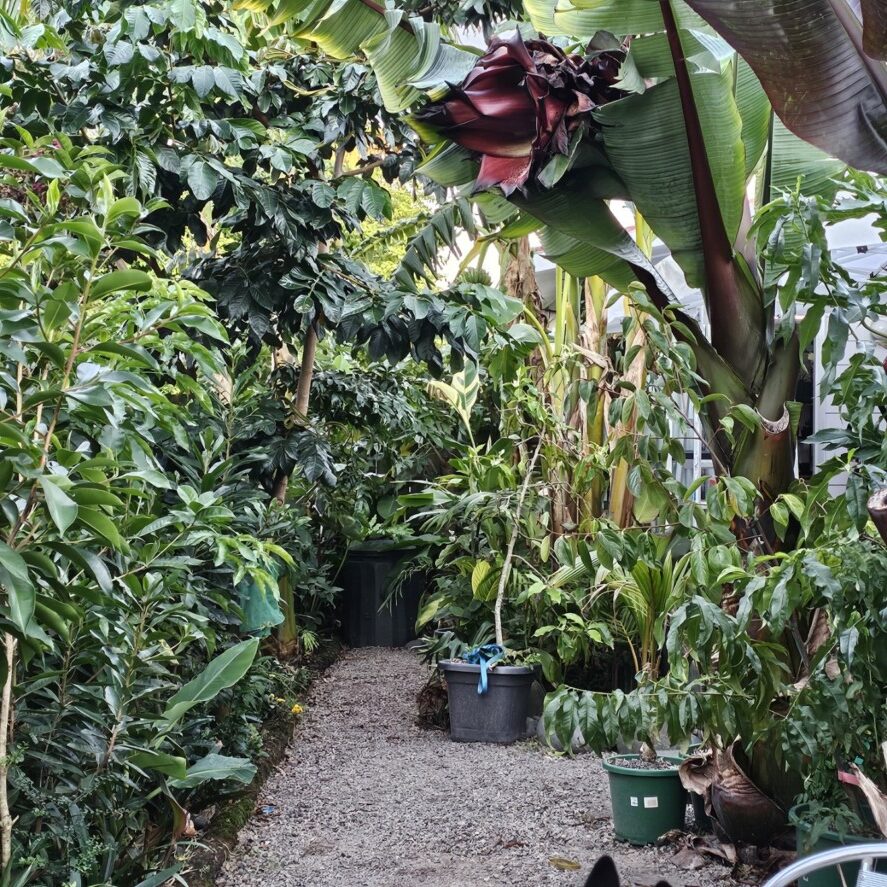
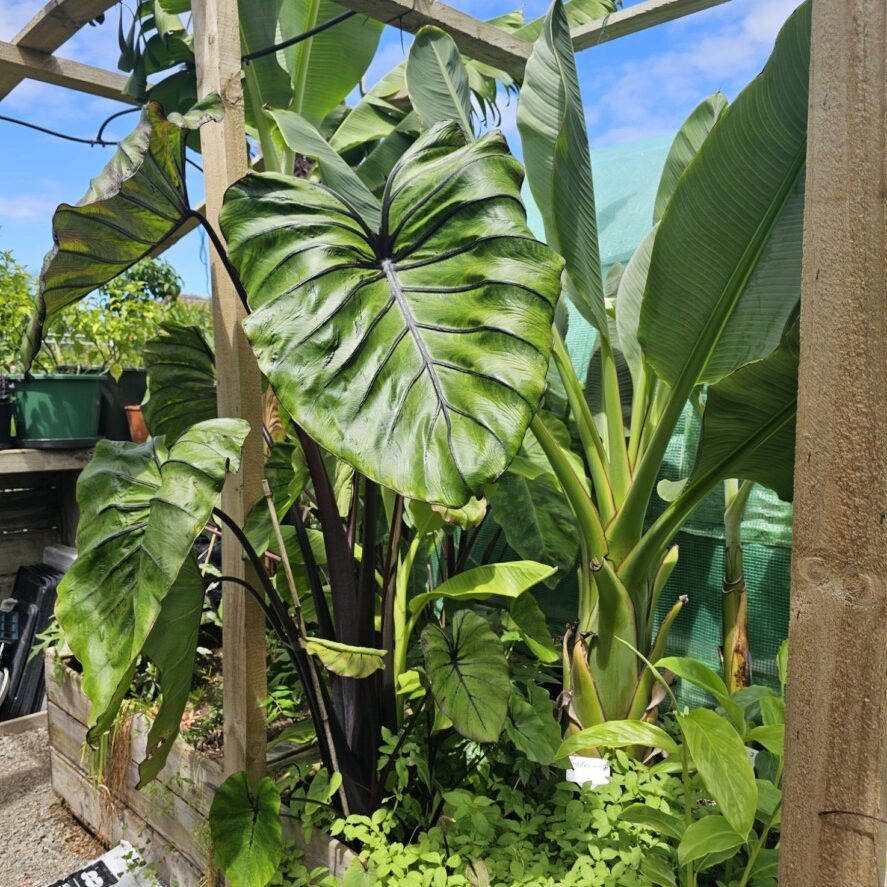





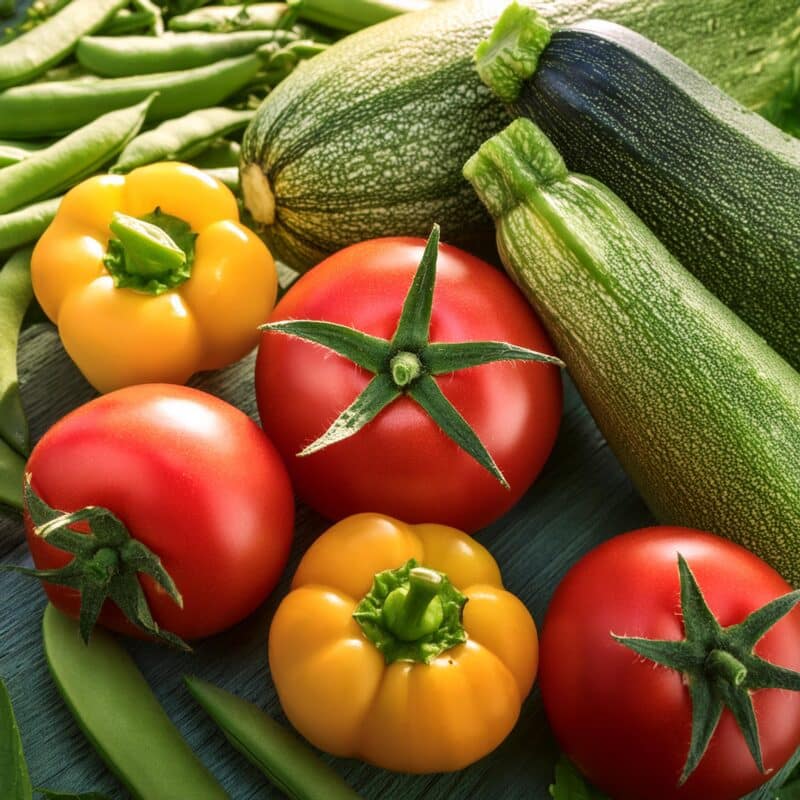


The section on harvesting and enjoying beetroots is quite informative. It’s good to know the optimal time for harvesting and different ways to use them in cooking.
I appreciate the detailed step-by-step guide on planting and caring for beetroots. It’s encouraging to see that these vegetables are easy to grow even for beginners.
Interesting read! The suggestions for companion planting and using raised beds are particularly useful for maximizing growth and protecting the plants.
This article has a lot of useful information for anyone interested in growing beetroots. The tips on choosing the right variety and caring for the plants are very helpful.
This article provides a comprehensive overview of growing beetroots from start to finish. The emphasis on experimenting and enjoying the process is a nice touch.